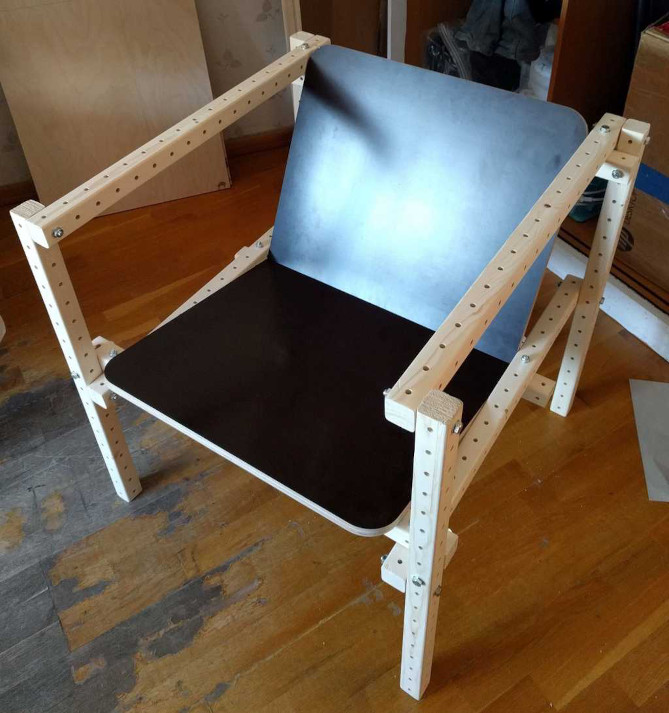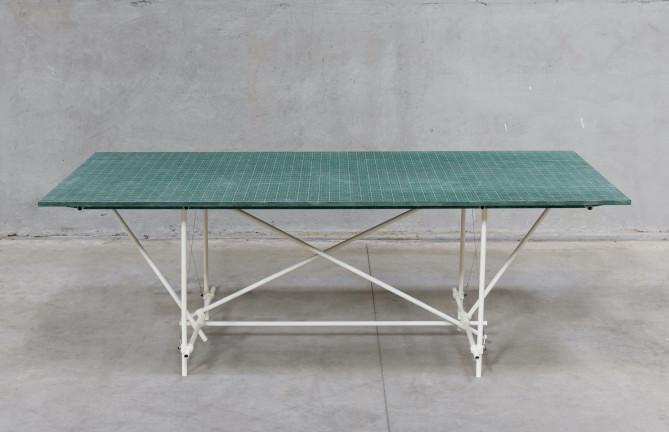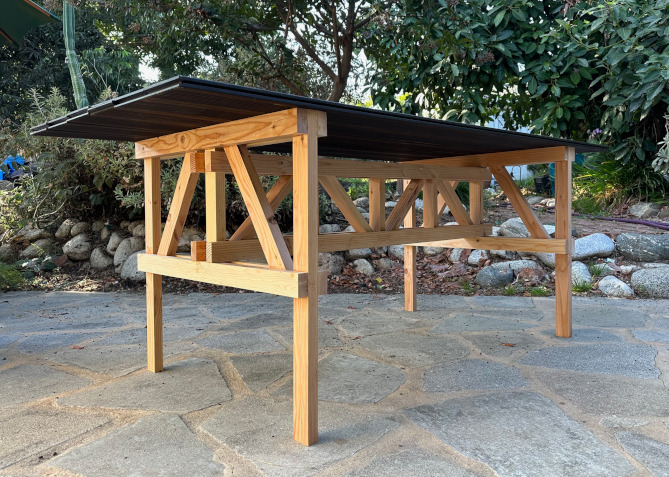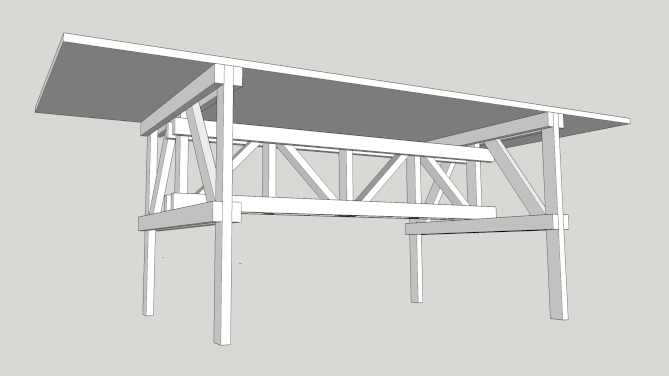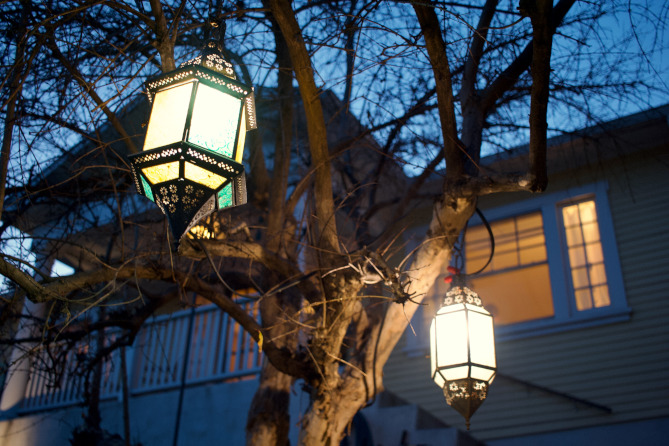
There’s two kinds of 12 volt landscape lighting: cheap, ugly and flimsy or expensive and durable. You can find the cheap stuff at the big retailers and the expensive stuff at specialty retailers that cater to professionals. I’ve always been dissatisfied with the cheap stuff but I’m also unhappy with the pro lighting, which tends to have a overly sleek Dwell Magazine type vibe.
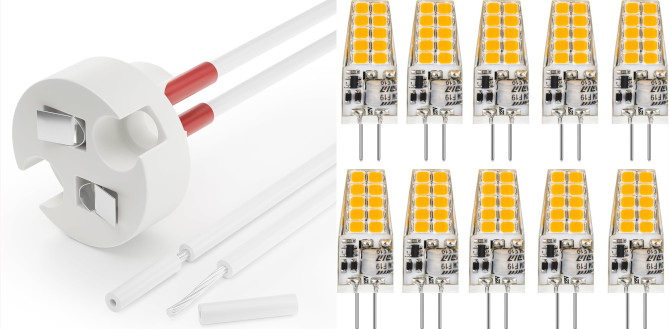
We had some unused Moroccan style lamps laying around and I figured out that I could wire them into our existing 12 volt system by implanting them with some G4 light sockets and G4 LED bulbs that I picked up on Amazon. It was a simple project to install the socket and seal up the top of these two lamps with some silicon caulk. I hung the lamps in our pomegranate tree and wired them into the system which is set on a timer to turn on at sunset and go off a few hours later.
I placed these lights to help illuminate the treacherous and irregular 1920s staircase leading up to the house. I also have a few pro style downlights along the stairs and another light hanging over the entrance arbor.
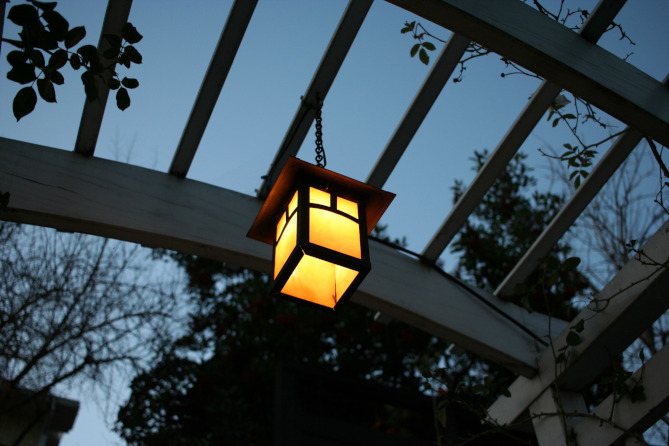
The entrance arbor light was a 12 volt path light that I turned into a hanging light.
In general I like to keep outdoor lighting to a minimum as it’s not good for insects and birds. I use outdoor lights only where necessary, in this case to prevent staircase accidents, and I run them only during the hours they are likely to be needed. We need to embrace the night not try to hold it back.
That said, I’m happy with this DIY effort and plan on making some more lights with some of the metal cutting skills I’ve picked up doing inlay work on a bed project. More on that in a future post when I get that bed done.
